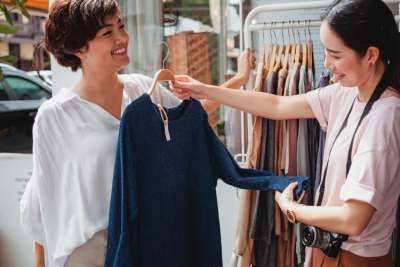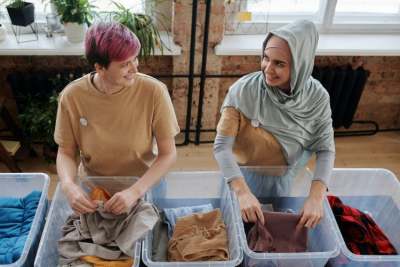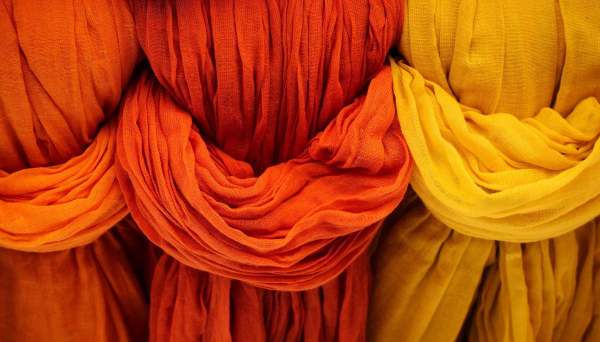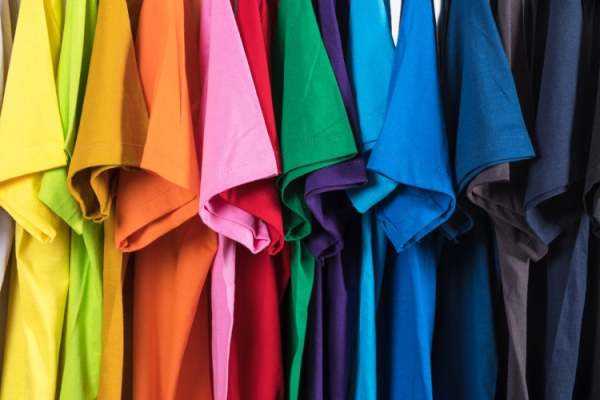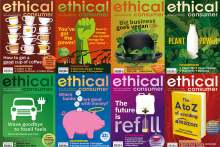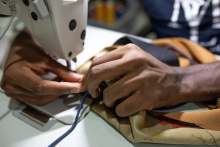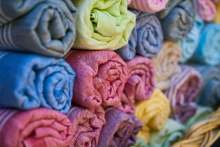The average UK household spends around £750 on clothing and footwear each year – a big chunk of our disposable income.
While ethical clothing has a reputation for having a high price, and with costs on the rise in general, many of us will be questioning whether we can still afford it.
Is ethical clothing affordable?
In the last decade we’ve seen the rise of ultra-cheap, ultra-disposable fast fashion brands. Boohoo, I Saw It First and others are retailing tops starting at £1. But, the price is paid elsewhere – by the environment, by workers in the supply chain, or by your future self when the item very quickly falls apart or goes out of fashion.
Ethical clothes reflect the true cost of production, ensuring, for example, that those working in factories are paid a fair wage. Because of this, they undoubtedly retail at a higher price than the cheapest of high street brands.
So can ethical clothing be affordable?
The answer to this question will of course depend on your own personal finances.
Fast fashion items are designed for quick sale and quick disposal, meaning that they often are not well made and may lose their shape, fall apart or otherwise look shabby quickly. They are also often linked to fast passing trends, which means they may look dated within months. Studies in recent years have found that many items of clothing are only worn 7-10 times before being disposed of.
On the other hand, ethical clothing is often better made and can be designed with repair in mind.
This means that it may be affordable if you can keep using it for many years to come. If you buy a t-shirt from men’s ethical clothing brand Brother’s We Stand for £30, you’d only have to wear it 31 times for it to become better value than many £8 fast fashion tops (if worn only 8 times).
Of course, this means paying out a greater upfront cost, which we can’t all always afford.
Below, we explore tips to buying more ethical options at an affordable price.


